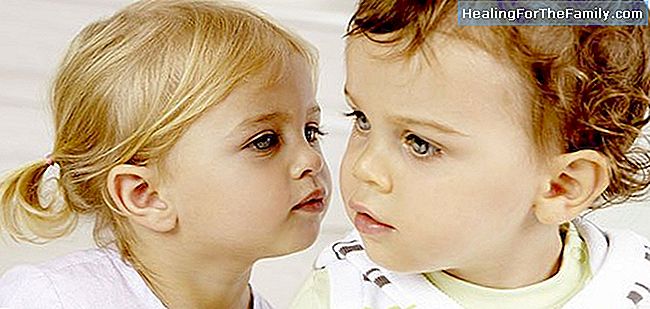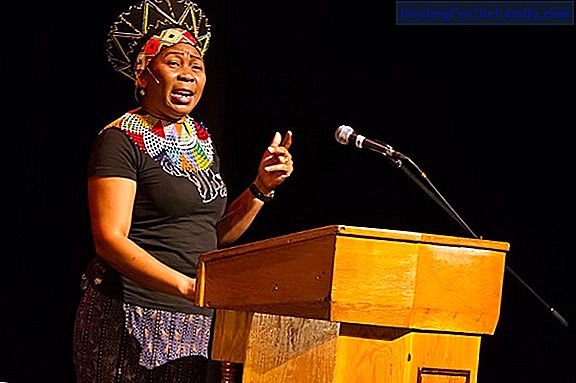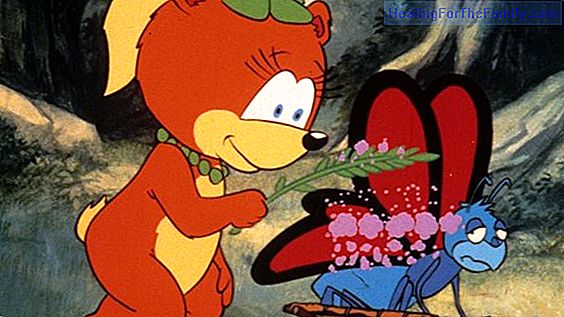Development of sexual identity in children
The development of sexual identity is a complex process that starts at the moment of conception and goes through different phases throughout the development of all children. In this process biological, cognitive, emotional and social factors intervene. Sexual identity is the way we identify ourselve
The development of sexual identity is a complex process that starts at the moment of conception and goes through different phases throughout the development of all children. In this process biological, cognitive, emotional and social factors intervene. Sexual identity is the way we identify ourselves (man or woman or a mixture of both) and includes our sexual orientation.
Sexual identity allows us to formulate a concept of ourselves formed on the basis of our sex, gender and sexual orientation to develop socially according to this perception.
When the development of sexual identity in children takes place

After birth, sexual identity is constructed and formed from many factors, one of them is the child's relationship with his mother and father, with the family, with schoolmates and with their environment in general.
Between 2 and a half years and the 3 boys and girls begin to be interested in their genital differences. They realize that there is something in them that makes them different and the questions begin 'What is this? Or what is this for? in relation to his external genitalia. It is the moment of the development of your gender identity, I am a child or I am a girl. But sexual identity as such, which is a more complex concept, does not develop completely until the end of childhood or the beginning of adolescence, influenced by biological, cognitive and environmental factors.
How children understand the concept of gender
Knowledge of the role of gender (pattern or set of behaviors considered appropriate for men and women within a given culture) implies awareness of the concepts of boys and girls and their culturally defined stereotypes : what a boy or girl usually does, with what or what to play or how to dress.
Children generally understand these basic concepts child-girl by 2 years. The labeling of gender in toys by age 3 and the awareness of personality traits of sexual type to 5. As they get older, boys and girls are increasingly adopting the socially determined gender roles that we can observe in her preferences: what she likes to do, what attracts her, how she likes to behave ... On this basis the sexual identity of the children is built.
The development of sexual identity therefore encompasses cognitive, emotional and social factors and it is already at the end of childhood or pre-adolescence stage when most children begin to experience feelings of desire and sexual attraction. It is at this moment that the concept of one's sexual identity becomes more powerful. The adolescent discovers his own body while discovering his feelings, tastes and preferences and consequently his sexual identity.












